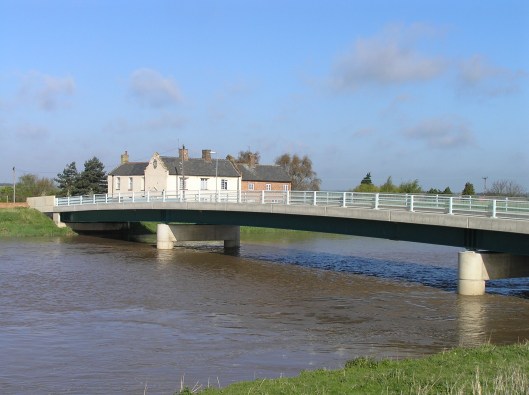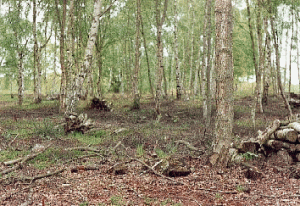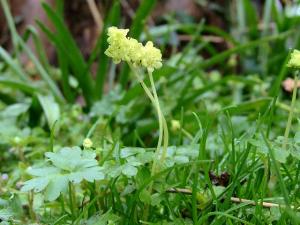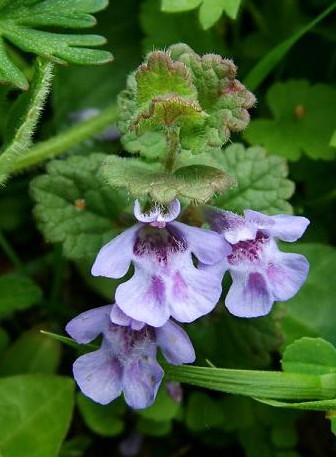Tags
Colonisation of young woodland, East Anglian field study centre, Foulden common, Norfolk, woodland species, Young woodland
Back in the day I ran a Field Study Centre in Norfolk. The ‘A’ level students who were the main stay of my centre, had to complete an ‘individual study’ which was submitted to the exam board and was marked and formed part of their ‘A’ level assessment. One study which several students carried out was an investigation into the colonisation of a young area of woodland in Norfolk.
The ‘A’ level students who were the main stay of my centre, had to complete an ‘individual study’ which was submitted to the exam board and was marked and formed part of their ‘A’ level assessment. One study which several students carried out was an investigation into the colonisation of a young area of woodland in Norfolk.
Normally we carried out these individual studies at a place called Foulden Common which was an SSSI and had some very nice habitats including some young woodland. This was woodland which had regenerated on chalk grassland as a result of the decline in grazing which originated in the early 1950’s, largely as a result of myxomatosis.
The woodland was largely Silver Birch but with some young Oak and a sprinkling of other trees. In terms of wildflowers it was not very well endowed. Ferns and mosses had got established but these are spread by minute spores and these blow in the wind so it is likely that they will be dispersed throughout the woods quite quickly.
but with some young Oak and a sprinkling of other trees. In terms of wildflowers it was not very well endowed. Ferns and mosses had got established but these are spread by minute spores and these blow in the wind so it is likely that they will be dispersed throughout the woods quite quickly.
Most typical woodland wild flowers, if they produce seeds at all, are dispersed either by animals or by ‘pepper pot ‘ mechanisms ie self dispersal where a tall stalk like a foxglove will blow in the wind and the seeds will get shaken out and will be spread a short distance, maybe 2-3 meters at best.
Now at the Foulden common woods there was a sort of lay bye at the side of the road, and a path entered the woods from this point. In the immediate vicinity of the lay bye several woodland plants were to be found. I recall there being a few daffodils, these were quite noticeable in Spring. Less obvious was a little plant called Moschatell or Town hall clock. This tiny plant has 4 flowers which each face in a different direction rather like the faces of a clock on the top of a square tower. There was also some Lesser periwinkle, some Ground Ivy,
This tiny plant has 4 flowers which each face in a different direction rather like the faces of a clock on the top of a square tower. There was also some Lesser periwinkle, some Ground Ivy, in fact that was the commonest plant in that area. There were a few plants of Lords and Ladies, and I think that was about it.
in fact that was the commonest plant in that area. There were a few plants of Lords and Ladies, and I think that was about it.
The study that some of the students would carry out was to record the different species of plants growing adjacent to the path at intervals along its length They recorded what species were present and their population in terms of % cover using 50cm quadrats, and from this they could calculate species diversity and maybe split the plants into woodland and non woodland species. There was quite a degree of leeway for them to extend the project and make it into a high scoring study, or to do the minimum and thus score the minimum.
The result was as you might expect that the numbers of woodland species fell away quite quickly as you progressed into the woods and the explanation, is that seeds would be transported to the woods by dog walkers and ramblers, and indeed dogs themselves. The seeds would be mixed in with the mud on their wellies or walking boots and when the walkers put them on and set out along the path some of the dried on mud would fall off along with seeds and these might then germinate and get established. Eventually these new colonisers would produce seeds themselves and these might get moved further along the path by other animal vectors, humans, dogs or even wild animals like deer and foxes. Gradually seeds will arrive and establish them selves but it will take a very long time before a regenerating woodland wiil even begin to look like and ancient woodland.
A message here for Boris Johnson and Owen Paterson I think. ( If you don’t know what I am getting at then click on their names to see…. why not click anyway, it is amazing what some of these guys come out with.)
The two photos of the flowers in this post are borrowed from….. a site called aphotoflora This is a brilliant site and I would strongly recommend you to take a look, there are similar sites for other groups like birds, mammals, fungi etc

No I did not see what you were getting at until I read the links. Are they really ignorant or are they just pretending to be for political reasons? Amelia
With Boris it might be just, his bravado, with Paterson, I think it is for real.